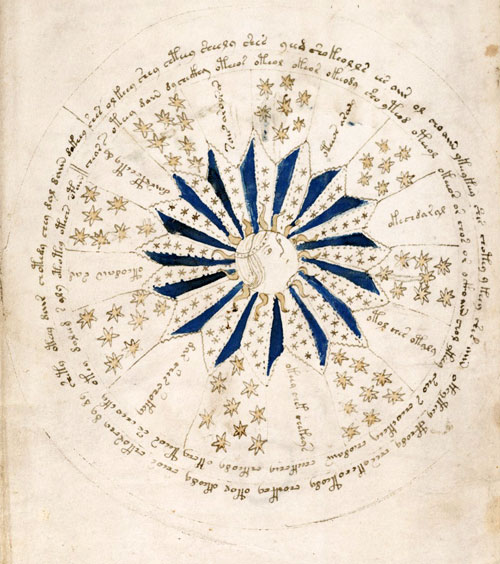Granted it is hard to distill the truth through a fog of questionable data, and I know at least for me, the feeling of overzealous doctors who wanted to talk about declining fertility since our first PAP exams, as teenagers, can be overwhelming. But here’s the real situation made simple: As women, we’re born with all the eggs we were ever going to have. We aren’t perennial flowers, growing new buds and flowers after each winter. Instead, we’re annuals, and we just get one good flowering with regards to the amount of eggs that we have.

Believe it or not, at birth we have about a million eggs, but that number only declines the older we get[1]. And by our first menstrual cycle, we’ll have about 300,000 to 400,000 eggs—less than half of what we started with! By 30, we’re at about 13% of those. And by 40, we have roughly 3% of what we had at puberty[2].
This is why the Southern California Center for Reproductive Medicine reports, “a woman in her 20s has a 20-25% chance of conceiving naturally per menstrual cycle. In her early 30s, the chance of pregnancy is 15% per cycle. After 35, the odds of pregnancy without medical intervention are at 10%. After 40, that number falls to 5%, and women over 45 have a 1% chance of natural conception.”[3]
Women today have been waiting longer and longer to have children in pursuit of careers, personal exploration, financial stability, etc., all of which are wonderful; however, it can lead us to difficulties down the road when trying to conceive.
As redefined women, we want to do it all and have it all! And, why shouldn’t we? So, let’s talk about the options. How can we assist our bodies to have successful pregnancies when our timing isn’t matching up with the statistics? I want to give you a quick overview on some of the options out there as well as resources on where you can go for more information.
The first place to start at any age would be charting your cycle to find out your day of ovulation, which is the date you are able to conceive. You can’t simply use an ovulation calculator because your date of ovulation and length of your cycle may vary from month to month. You can also use an ovulation predictor test that you buy at the drug store that detects the Luteinizing Hormone that occurs approximately 24-36 hours prior to ovulation.
You can also take testing a step further and have both your female fertility and your partner’s fertility tested in a diagnostic lab test. Talk to your local doctor about someone they would recommend in your area.
If issues become apparent after this course of action, your fertility doctor can help you through the process of Intra Uterine Insemination (IUI), in which semen is introduced into the uterus in a procedure during peak fertile times so that it is able to pass the cervix and have a better change of reaching the fertile egg. Another option is In Vitro Fertilization (IVF), in which semen and egg are introduced to one another in a laboratory where fertilization can be confirmed and then reintroduced into the uterus for implantation.

These processes can be done with donor sperm, or even donor eggs, or can be accomplished with a surrogate – a woman who will carry the fertilized egg in her uterus throughout pregnancy and birth depending on what fertility tests confirm about your body or your partner’s body. If this is something you are thinking about now, you can look into egg freezing to be able to use your own peak eggs when trying to conceive down the road.
There are many options to discuss once the time is right for a baby, but like egg freezing, there are other things you can do now to be more in tune with your fertility
- Start Charting.
- Look into the way you are eating and living, and how this syncs with your cycle.
- Try acupuncture for fertility.
- Talk to your doctor and your partner about realistic expectations about waiting and what kinds of steps this may entail.
- Read! Educate yourself about your body so you are able to make the best decisions for you!
- http://www.tcoyf.com/
- http://www.amazon.com/WomanCode-Perfect-Amplify-Fertility-Supercharge-ebook/dp/B009NFNBO0
- http://www.theatlantic.com/magazine/archive/2013/07/how-long-can-you-wait-to-have-a-baby/309374/
- http://www.amazon.com/dp/1616148454/ref=rdr_ext_sb_ti_hist_1
- [1] http://www.socalfertility.com/age-and-fertility-infographic
- [2] http://www.cnn.com/2014/01/22/living/pregnancy-big-lie-tanya-selvaratnam-books/
- [3] http://www.socalfertility.com
Good luck on your journey to understanding your personal fertility!
Hannah







